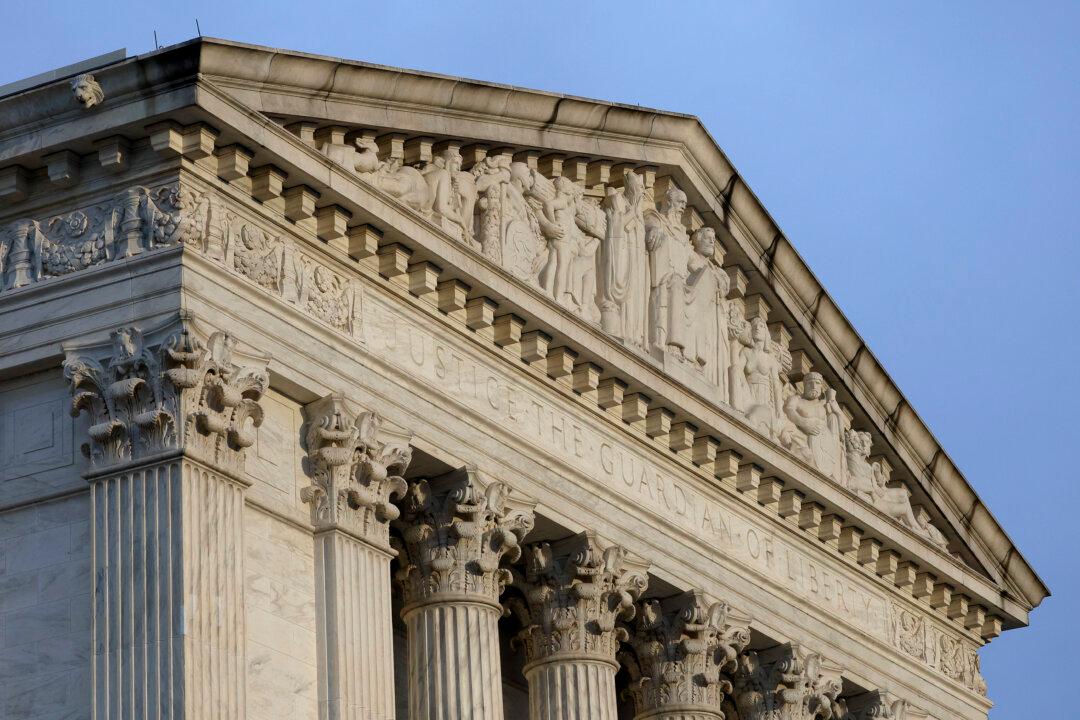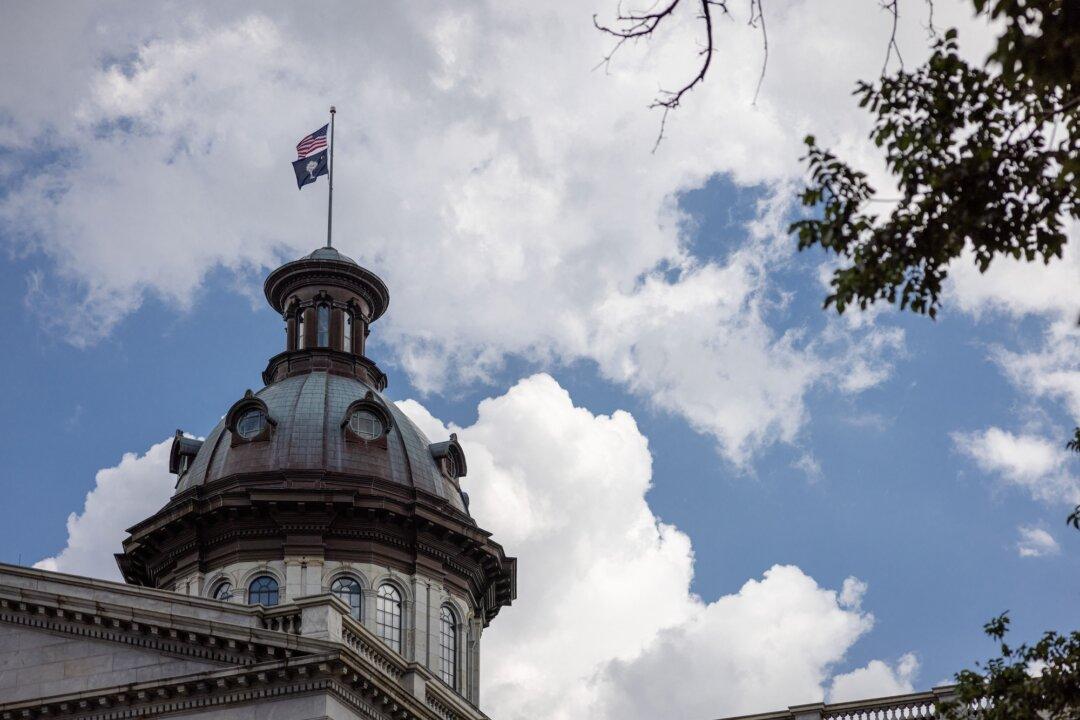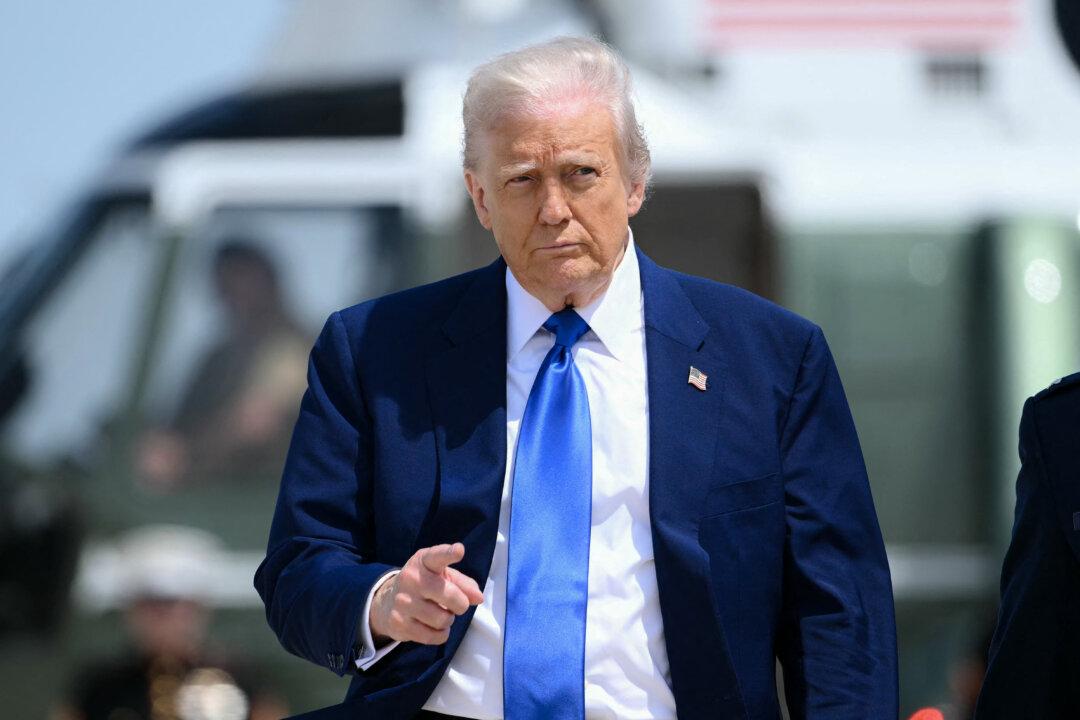The Department of Justice (DOJ) on Friday petitioned the U.S. Supreme Court to lift a lower court order blocking the Trump administration from carrying out mass layoffs at a number of federal agencies.
The order, issued by U.S. District Judge Susan Illston last week, temporarily halted the administration’s efforts to shrink and reshape the federal government. Illston had directed numerous federal agencies to stop acting on President Donald Trump’s workforce executive order signed in February and subsequent memos issued by the Department of Government Efficiency (DOGE) and the Office of Personnel Management (OPM).
Solicitor General D. John Sauer asked the court to quickly put her ruling on hold, telling the nine justices that the federal judge had overstepped her authority.
“It is the prerogative of presidents to pursue new policy priorities and to imprint their stamp on the federal government. But to make large-scale overhauls of federal agencies, any president must enlist the help of his co-equal branch and partner, the Congress,” Illston wrote earlier this month.
But in the administration’s Friday petition, Sauer wrote that Illston’s order is too broad and infringes on the rights of the executive branch.
“That far-reaching order bars almost the entire Executive Branch from formulating and implementing plans to reduce the size of the federal workforce, and requires disclosure of sensitive and deliberative agency documents that are presumptively protected by executive privilege,” the petition said.
Plaintiffs in the case include the cities of San Francisco, Chicago, and Baltimore; the labor group American Federation of Government Employees; and nonprofit groups such as Alliance for Retired Americans, the Center for Taxpayer Rights, and the Coalition to Protect America’s National Parks.
Some of the labor unions and nonprofit groups are also plaintiffs in another lawsuit before a San Francisco judge challenging the mass firings of probationary workers. In that case, Judge William Alsup ordered the government in March to reinstate those workers, but the U.S. Supreme Court later blocked his order.
The rationale that the Supreme Court used in that case, Sauer argued, should be applied to overturn Illston’s order.
“This Court recently intervened to stop a single district judge from undoing the effects of lawful terminations of thousands of government employees,” he wrote. “It should take the same course here, where the order sweeps far more broadly—to cover most of the federal government—and restrains the Executive from even planning reductions in force, pursuant to presidential direction.”
As Sauer made the filing, Trump wrote on social media that he believes the U.S. Supreme Court is being manipulated, coming a day after the high court heard arguments on nationwide injunctions in a case involving his birthright citizenship order.
“We can’t let that happen to our country.”
The Trump administration has also filed an emergency appeal with the U.S. Court of Appeals for the Ninth Circuit. The court has yet to rule on the appeal.







